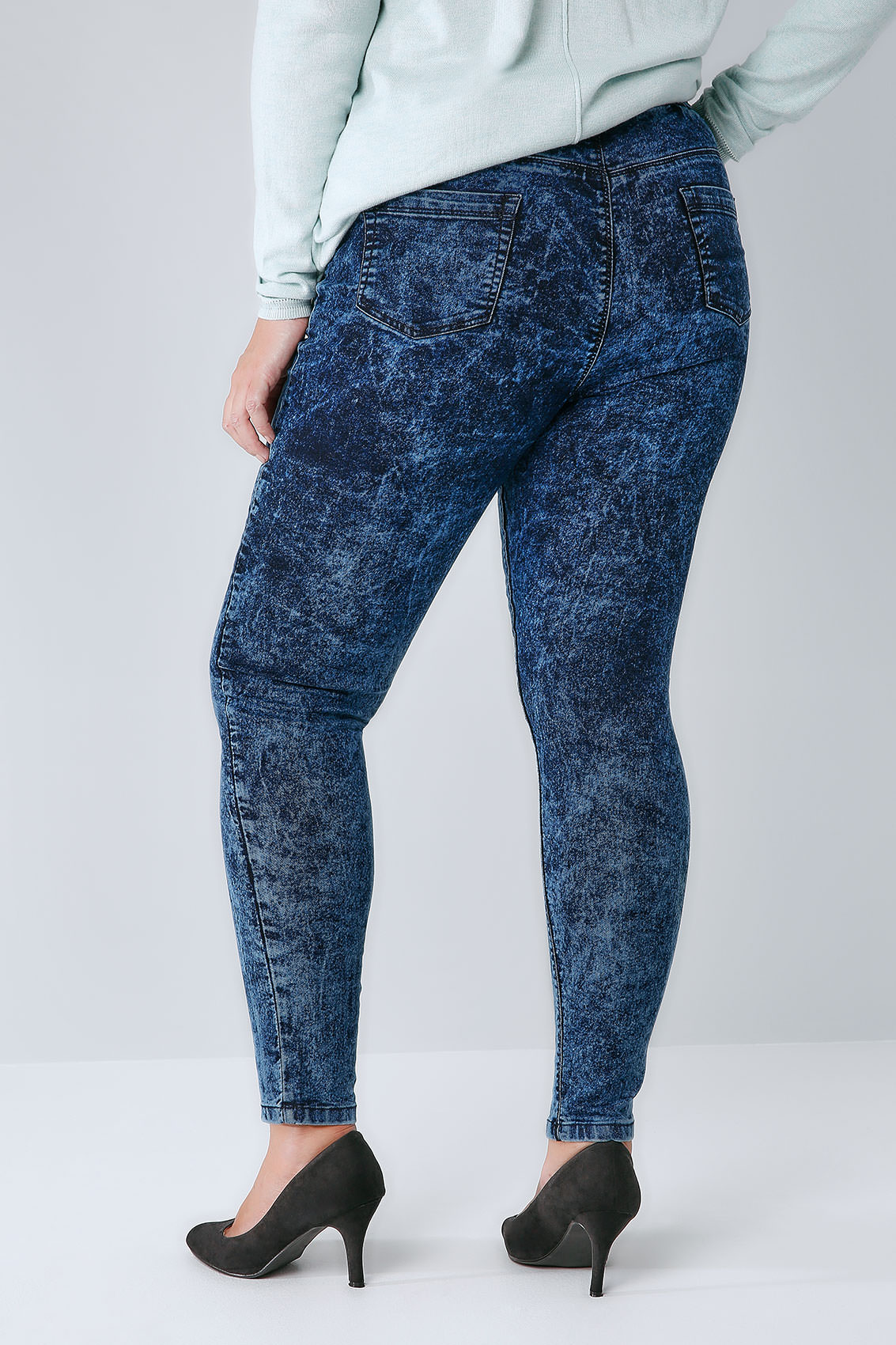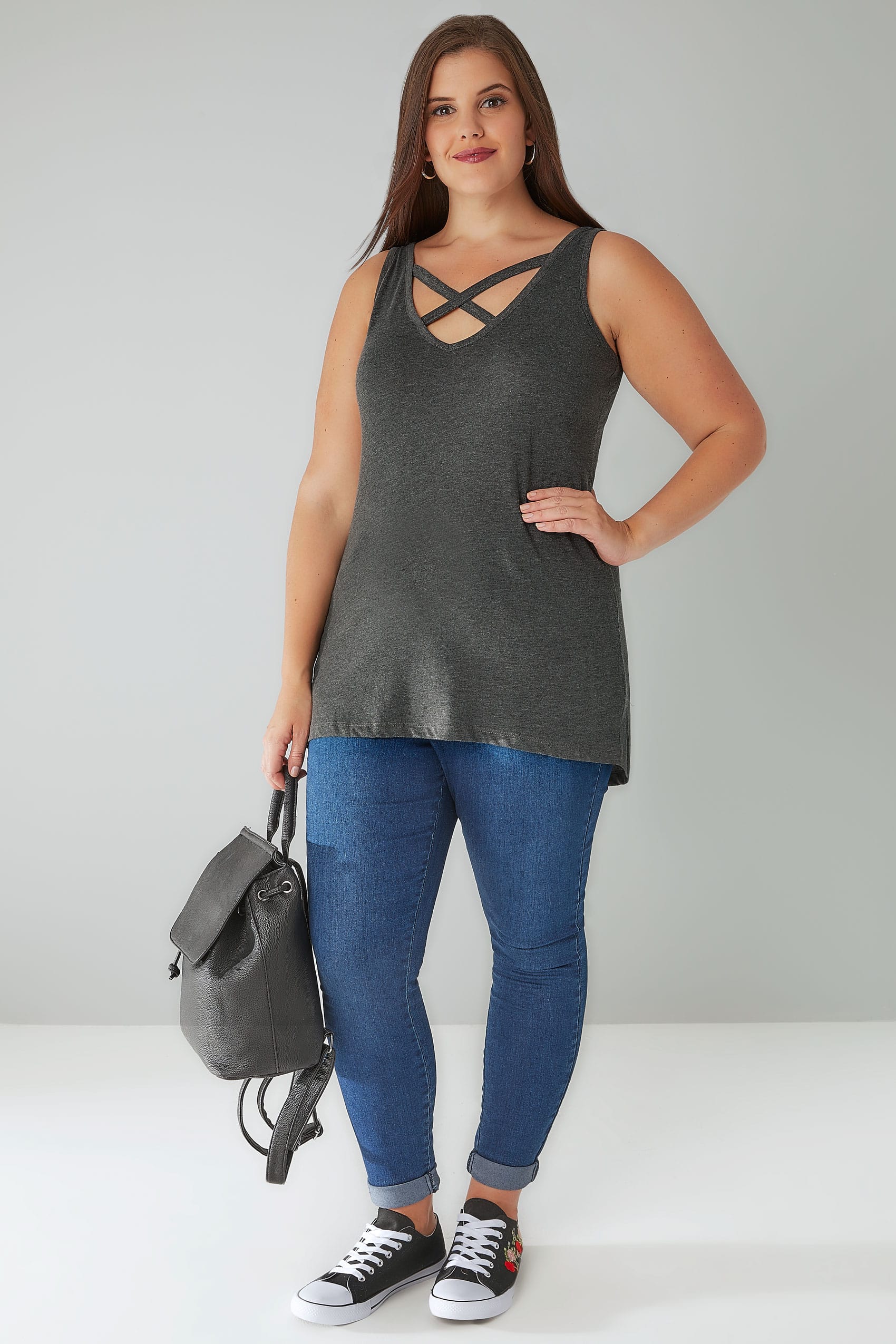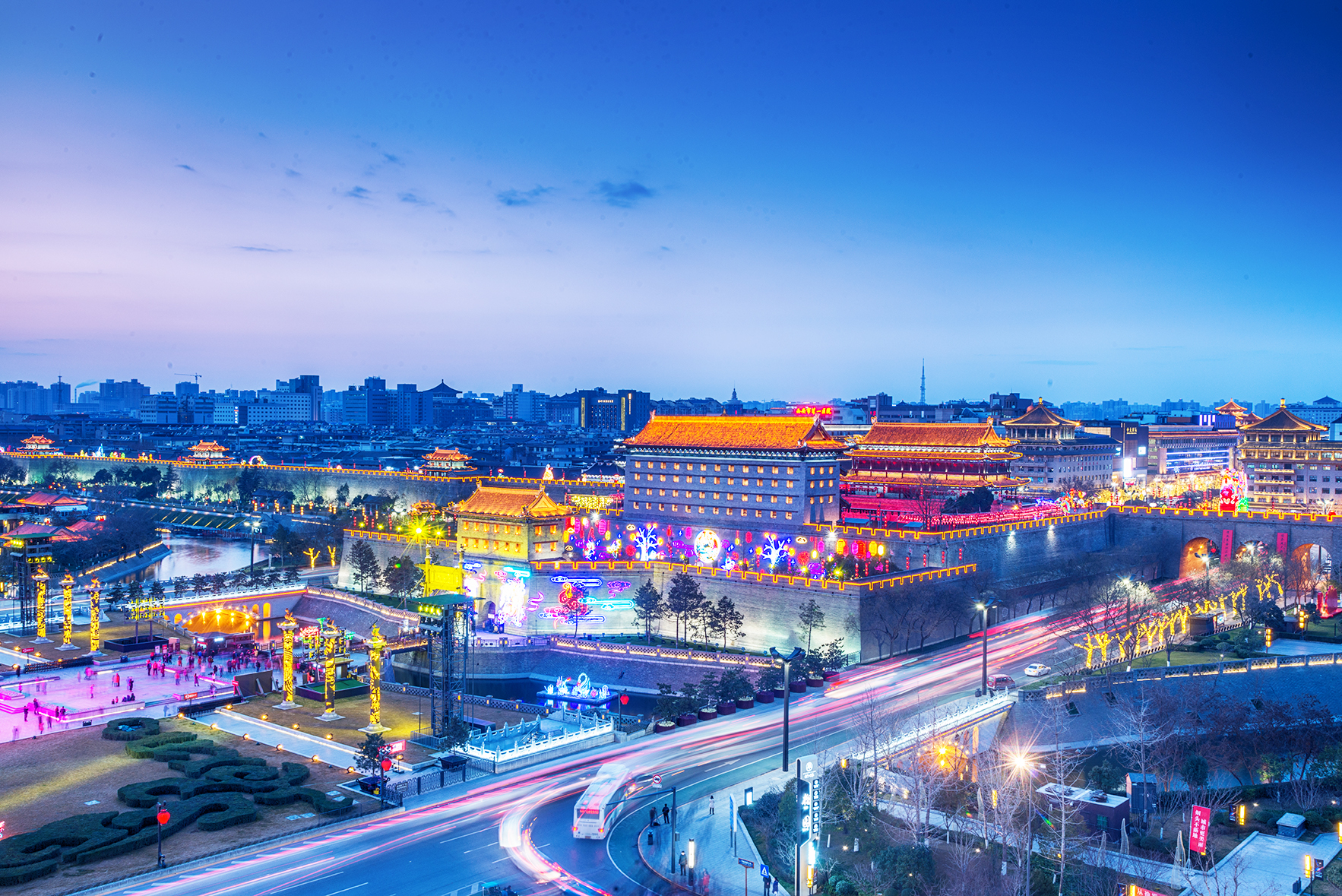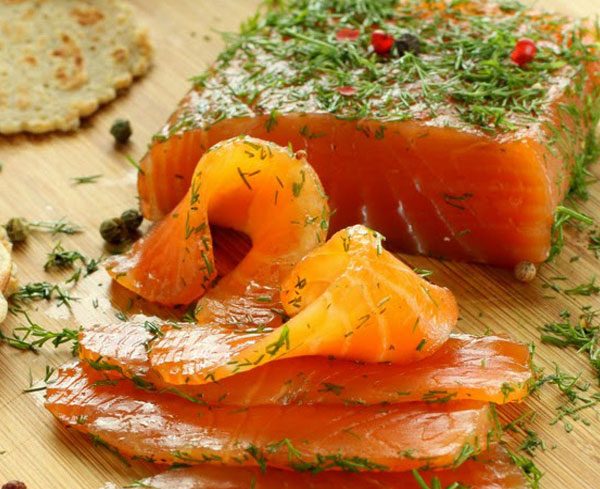Table of Content
Gold, skins and numerous different things were sent out also. Dealers likewise conveyed tea and rice, woolen and flax textures, corals, golden and asbestos. The sacks of shippers were loaded up with ivory, rhino horns, turtle shells, flavors, clay and iron things, coating and cinnamon, ginger, bronze weapons, and mirrors. Central Asia exported camels which were exceptionally refreshing in China, military gear, gold and silver, semi-valuable stones and glass things. Samarkand made glass was particularly esteemed because of its high caliber.

What we have achieved under the guise of a game is a community of merchants who want to use web 3.0 to facilitate trade within the possibilities that the blockchain is inevitably giving us. The import/export company Export2Singapore is the first line involved. It will provide a warehouse located in Singapore where each company or seller can make their product or service available to be sold. Yes, you will be able to discuss business, investments, projects related to both Asia and Europe and the presentation of special events.
Silk and Snow
Apart from material goods, religion and technology were also “traded” along the Silk Road. Slaves were traded as goods in all the countries along the Silk Road, including Europe, west Asia, Persia, India, Southeast Asia, and China. The glorious Silk Road also hosted a dark and tragic slave trade. Many slaves traveled long distances by land and sea to foreign markets far away. China also produced spices, but the variety was very limited due to geographical limitations.

He opens a dark web store for drugs as people use Bitcoin for illegal transactions . Rick Bowden is an old school DEA agent who has fallen from grace all the way down to a desk job in cyber crime. He has stumbled on to Ross' s web site "Silk Road" and is attempting to make a human connection.
Honest, Objective, Lab-Tested Reviews
According to the Chinese, silk was discovered one day when a queen accidently dropped a silkworm cocoon into her hot cup of tea, and as she plucked it out, unravelled a shiny, silken thread. Merchants on the silk road transported goods and traded at bazaars or caravanserai along the way. They traded goods such as silk, spices, tea, ivory, cotton, wool, precious metals, and ideas. Besides silk, the Chinese also exported teas, salt, sugar, porcelain, and spices. Most of what was traded was expensive luxury goods.
In addition, Chinese agents were exceptionally shocked when they found that it was conceivable to make wine from rice as well as from berries unknown to them. Later Chinese found for themselves other horticultural products – string beans, onions, cucumbers, carrots, pomegranates, figs and so forth. Silk Road Project in 1999, which explored cultural traditions along its route and beyond as a means for connecting arts worldwide across cultures.
What traveled along the Silk Road besides goods?
They were surprised that people made wine from them. Very helpful, and knowledgeable on their store products. From China, troops conveyed the outstanding Chinese china – snow-white vases, bowls, glasses, and dishes with elegant examples. Just the Chinese possessed the mystery of making the most slender and thunderous porcelain, hence, it was exceptionally costly in European markets. Bronze decorations and different items from this metal, elaborate bronze mirrors, umbrellas, items from the notable Chinese varnish, solutions, and perfumery were likewise prominent. Chinese paper, a standout amongst the most momentous innovations of Chinese specialized virtuoso, was exceedingly refreshing as well.

The greatest value of the Silk Road was the exchange of culture. Art, religion, philosophy, technology, language, science, architecture, and every other element of civilization was exchanged along these routes, carried with the commercial goods the merchants traded from country to country. I would never watch a Hollywood product under the impression that "based on a true story" would result in any sort of insight into the underlying story. But where facts blend with fiction that run alongside real events, you can find some enjoyment as dramatisation fills in gaps and gets backed up by good acting. However, "Silk Road" provides absolutely nothing of the sort.
Tor is available as a download on Torproject.org for PC, Mac, and Linux. But it will block browser plugins such as Flash, RealPlayer, Quicktime, among other things, so it might not be the optimal choice for all Web users. In the case of Silk Road, all one had to do was download the Tor browser software and type in the Silk Road URL. The Electronic Frontier Foundation also urged people not to blame the technology. One of the bigger tech stories this week is the shutdown of Silk Road, a black market bazaar that trafficked in any and all illegal goods, from drugs and guns to personal data and malware.
In the 5th century, glass making technology reached China, and later it was applied to make colorfulcloisonné. First the Romans and then Samarkand made glassware that was especially valued due to its high quality and transparency. Ancient/medieval glassware from west Asia has been unearthed in China, Japan, and Korea. Woolens from Central Asia and the eastern Mediterranean were sold to China.
Upon his return, Marco Polo wrote about his adventures, making him—and the routes he traveled—famous. Few people traveled the entire route, giving rise to a host of middlemen and trading posts along the way. For more than 1,500 years, the network of routes known as the Silk Road contributed to the exchange of goods and ideas among diverse cultures. This movie just left more questions unanswered than it actually answered.

Horses had been a vital aspect of Chinese warfare for centuries, as shown in their presence alongside the soldiers of the Terracotta Army, constructed in the 3rd century BC. A number of other luxury goods found their way down the silk networks. Jade, prized in Chinese ritual tradition, was sourced from their surrounding neighbours such as the Iranian Kingdom of Khotan, while rare spices from Indonesia and India transformed culinary cultures in the West. The ancient Roman elite in particular adored silk, and would exchange it for their famous glassware, later found in the excavated tombs of esteemed members of Chinese, Korean and Japanese society.
The European market had the biggest demand for silk and Chinese silk was highly appreciated in Europe. Colorful silk fabric dazzled the eyes of the people in the vast Roman Empire. The rich and powerful paid huge sums of gold to obtain it.


No comments:
Post a Comment